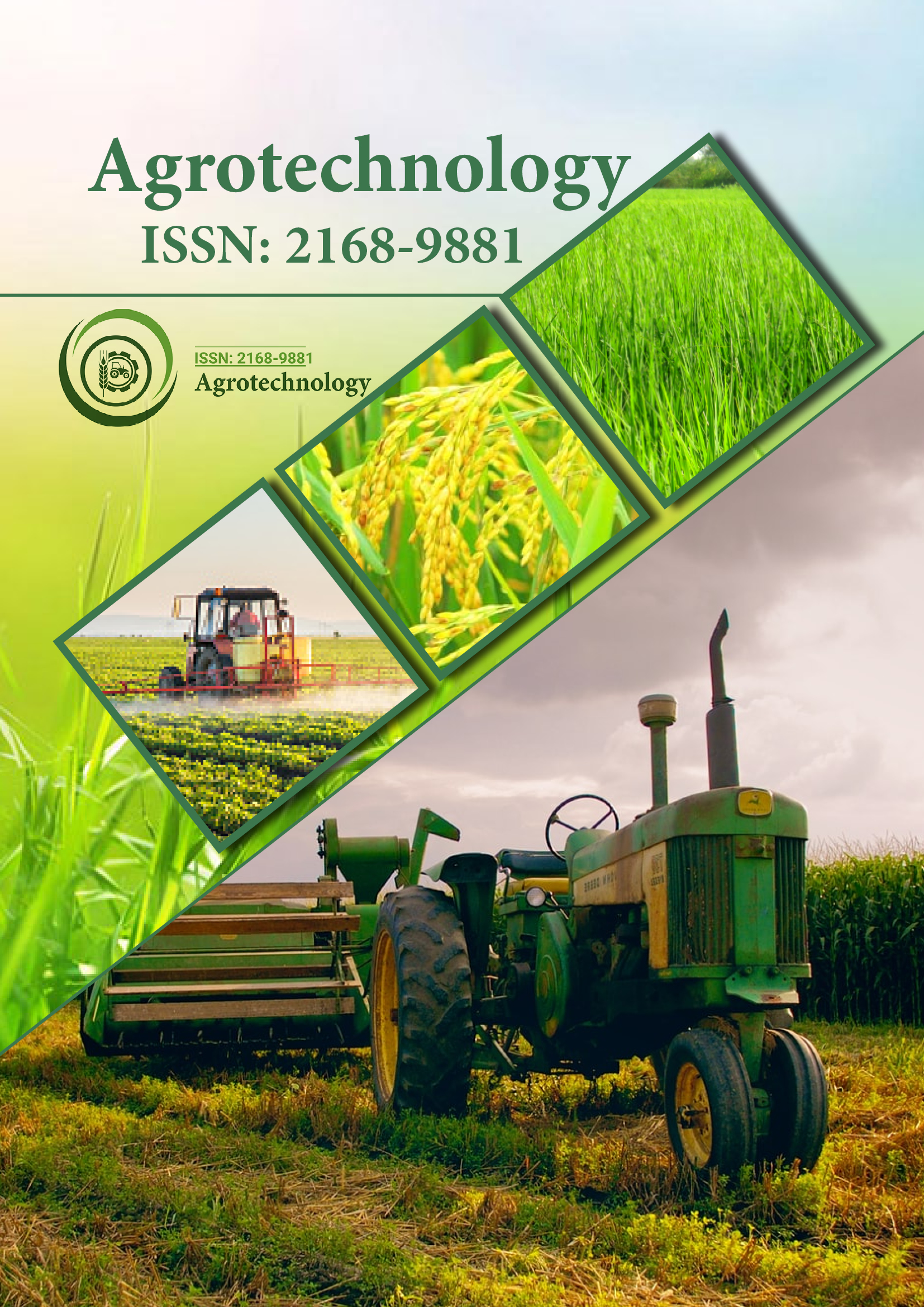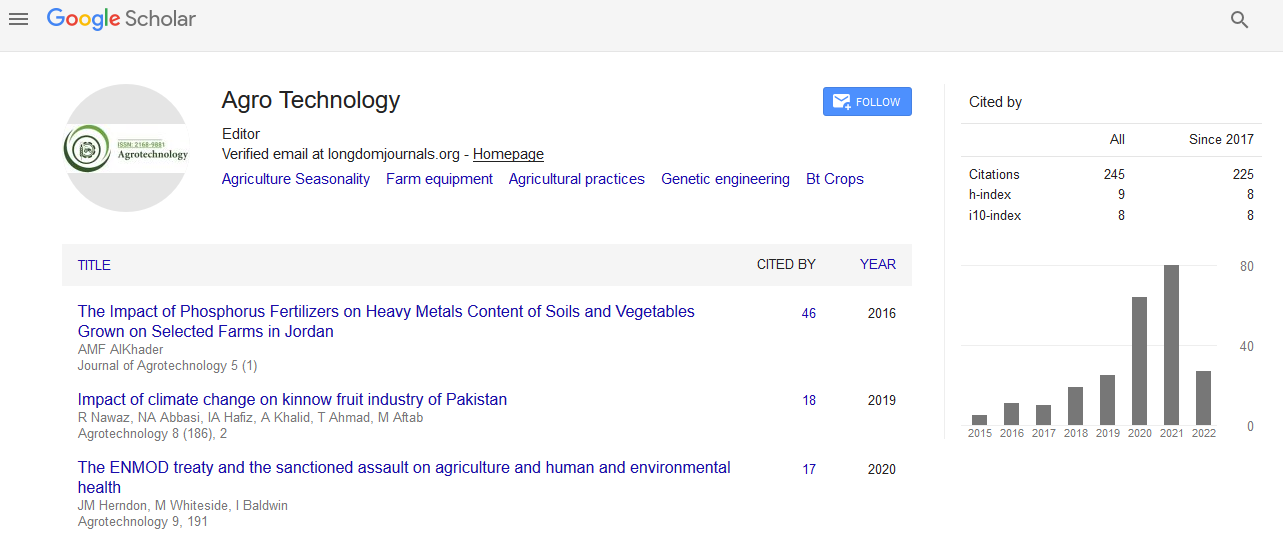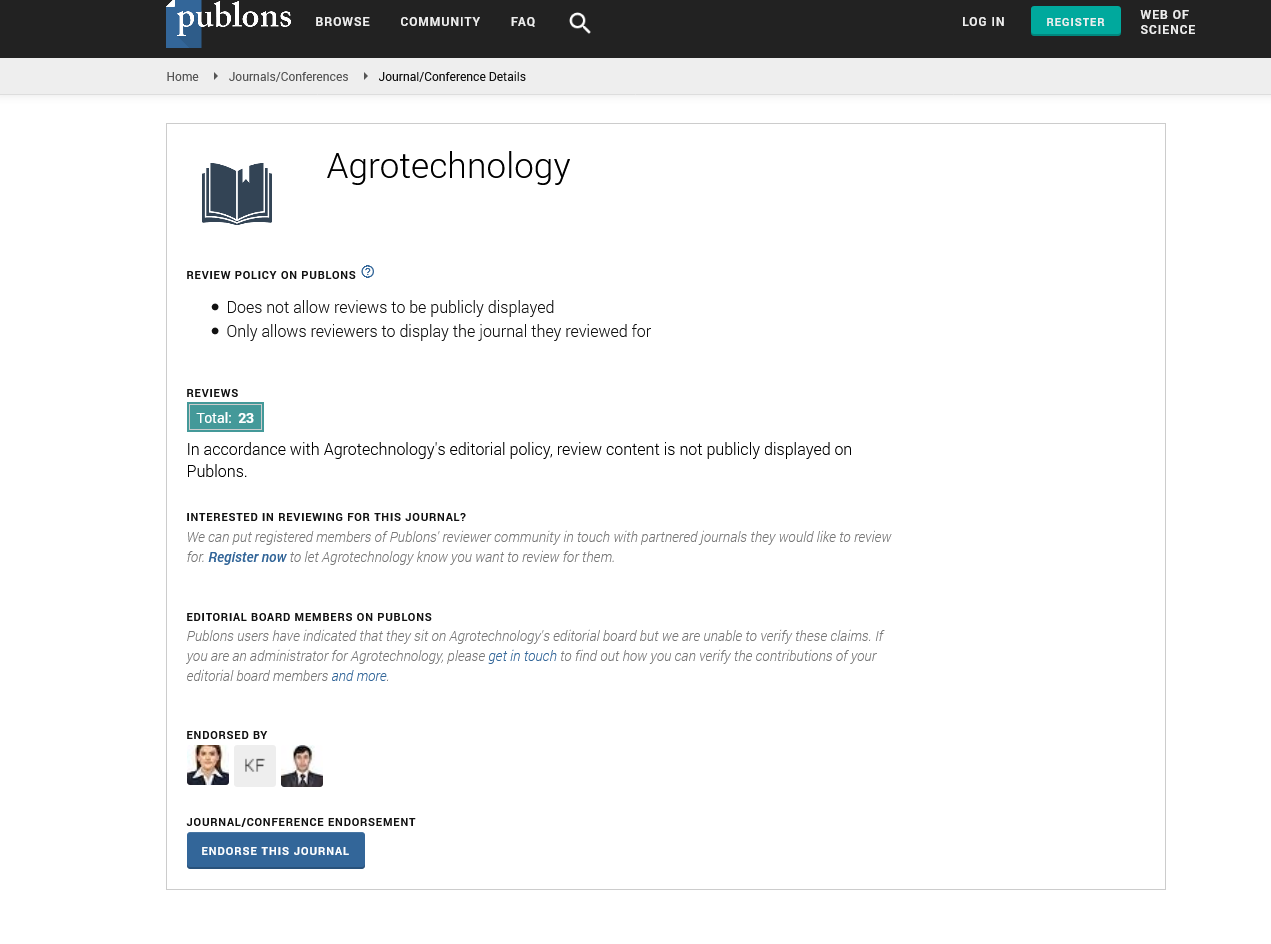Indexed In
- Open J Gate
- Genamics JournalSeek
- Academic Keys
- ResearchBible
- Cosmos IF
- Access to Global Online Research in Agriculture (AGORA)
- Electronic Journals Library
- RefSeek
- Directory of Research Journal Indexing (DRJI)
- Hamdard University
- EBSCO A-Z
- OCLC- WorldCat
- Scholarsteer
- SWB online catalog
- Virtual Library of Biology (vifabio)
- Publons
- Geneva Foundation for Medical Education and Research
- Euro Pub
- Google Scholar
Useful Links
Share This Page
Journal Flyer

Open Access Journals
- Agri and Aquaculture
- Biochemistry
- Bioinformatics & Systems Biology
- Business & Management
- Chemistry
- Clinical Sciences
- Engineering
- Food & Nutrition
- General Science
- Genetics & Molecular Biology
- Immunology & Microbiology
- Medical Sciences
- Neuroscience & Psychology
- Nursing & Health Care
- Pharmaceutical Sciences
Abstract
Exploring Environmental Impact: Assessing Land Cover Dynamics in Rupandehi District Using Remote Sensing Techniques
Hritik Bhattarai* and Vivek Dumre
Land use and land cover play a crucial role in preserving and managing earth's natural resources. Various factors, such as economic, demographic, social, cultural, technological and environmental processes, contribute to changes in Land Use and Land Cover (LULC). Rupandehi District is significantly influenced by a combination of driving forces, including its geographical location, rapid population growth, economic opportunities, globalization, tourism activities and political events. Urbanization and urban growth in the region have been occurring in an unplanned manner, with internal migration and natural population growth being the primary contributors. Internal migration, particularly from neighboring districts in the higher and lowers Himalayan regions, has been high, leading to increased population growth and density. This study utilizes geo spatial technology, specifically Geographic Information System (GIS), to analyze and illustrate the land cover and land use changes in Rupandehi district for the years 2009 and 2019, using freely available Landsat images. The identified land cover categories include built-up area, cropland, Das-gaja, forest, grassland, other woodland, riverbed and water. The statistical analysis of the data over the 10-year period (2009-2019) reveals significant percentage changes in LULC. Notably, Das-Gaja shows a minimal change of 99.9%, while water and forest exhibit increases of 34.5% and 98.6%, respectively. Riverbed and Built-Up Area experience changes of 95.3% and 39.6%, respectively. Cropland and Grassland, however, show concerning decreases of 102.6% and 140.0%, respectively. Other woodland also indicates a change of 50.6%. The most noteworthy trends are the substantial increase in water areas and built up areas, leading to the degradation of agricultural and open spaces. This emphasizes the urgent need for effective urban planning activities to ensure the development of a sustainable city. While Das-Gaja seems unaffected, the decreasing trends in cropland and grassland, accompanied by the increasing built-up areas, are unsatisfactory. It is imperative for relevant authorities to be aware of these trends and implement proactive measures for sustainable urban development.
Published Date: 2024-06-24; Received Date: 2024-04-24


